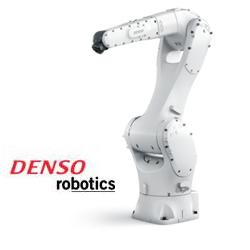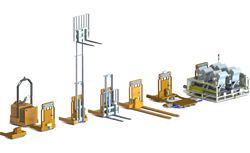MARS - Mobile Arm Robot System
The 5 Key Points When Motorizing an AGV
How to Make Autonomous Driving Safe
What is Machine Vision?
Teradyne to Acquire AutoGuide Mobile Robots
Segway-Ninebot Unveils New AI-powered Products, Delivering Take-out with Low-cost DeliveryBots
Autonomous Mobility Grows Its Sea Legs - Toyota AI Investment in Sea Machines
WPI Robot Could Protect Caribbean from Lionfish Invasion
What Are Autonomous Robots, and Why Should We Care?
Artificial Intelligence Startup Announces New Breed of Mobile Autonomous Robots
Autopilot vs. Autonomous
Autonomous vehicle innovators given access to free training and track time for testing and developing their new technologies
Autonomous mobile robots can accomplish a variety of tasks.
Ford, U-M Accelerate Autonomous Vehicle Research with Ford Researchers In-House at New Robotics Lab on U-M Campus
Swarms of Robots Manage to Not Run Into Each Other
Records 16 to 30 of 43
First | Previous | Next | Last
Featured Product















